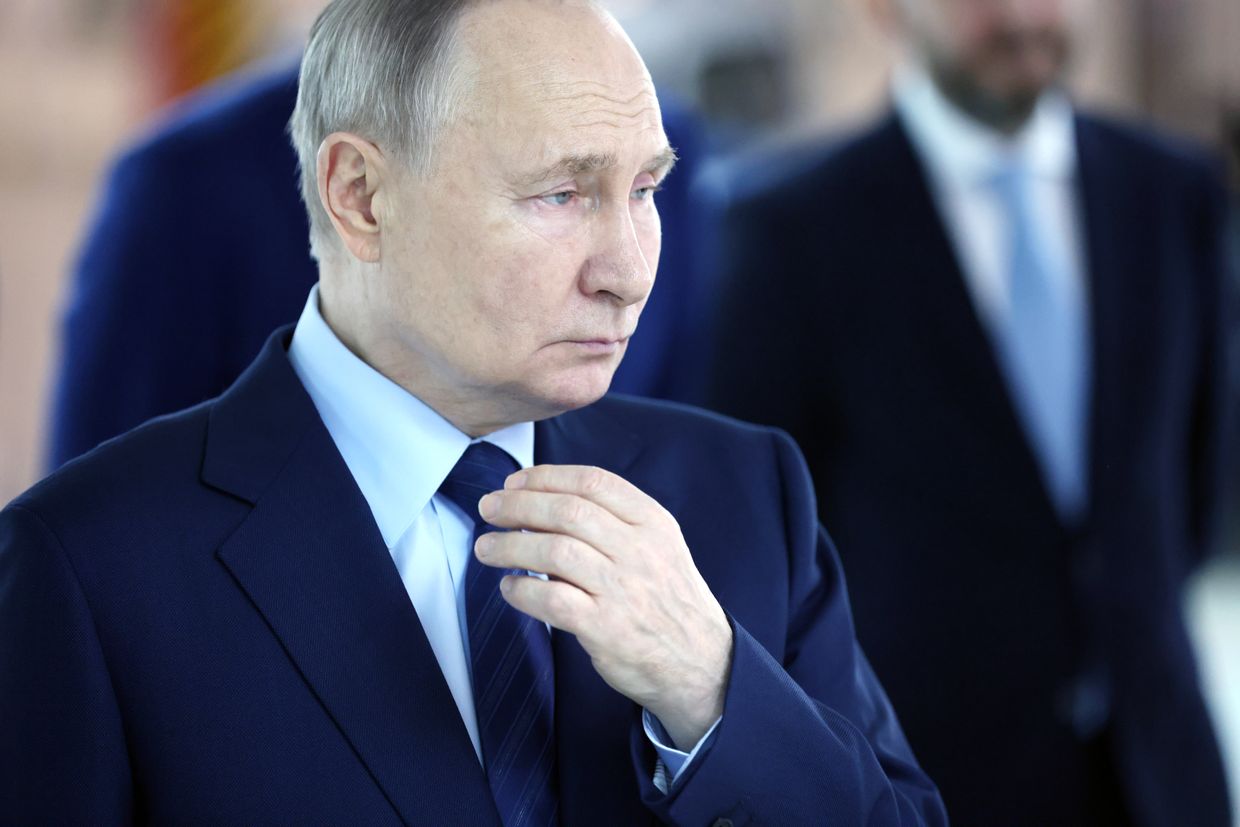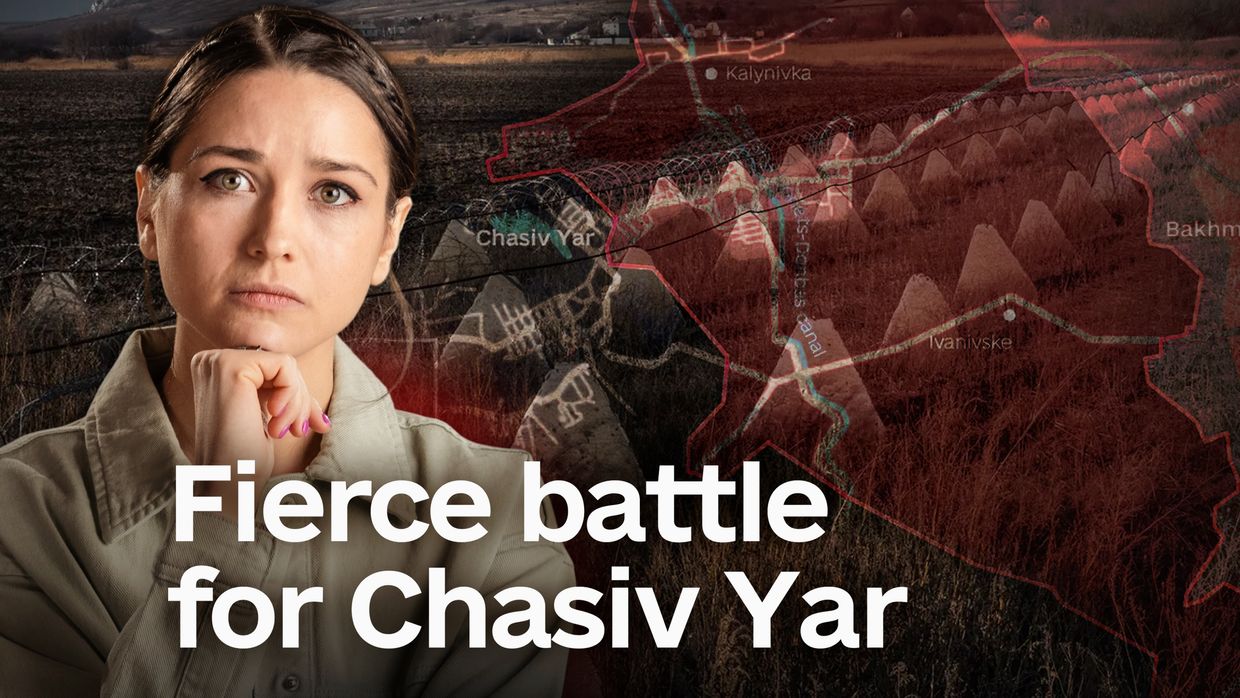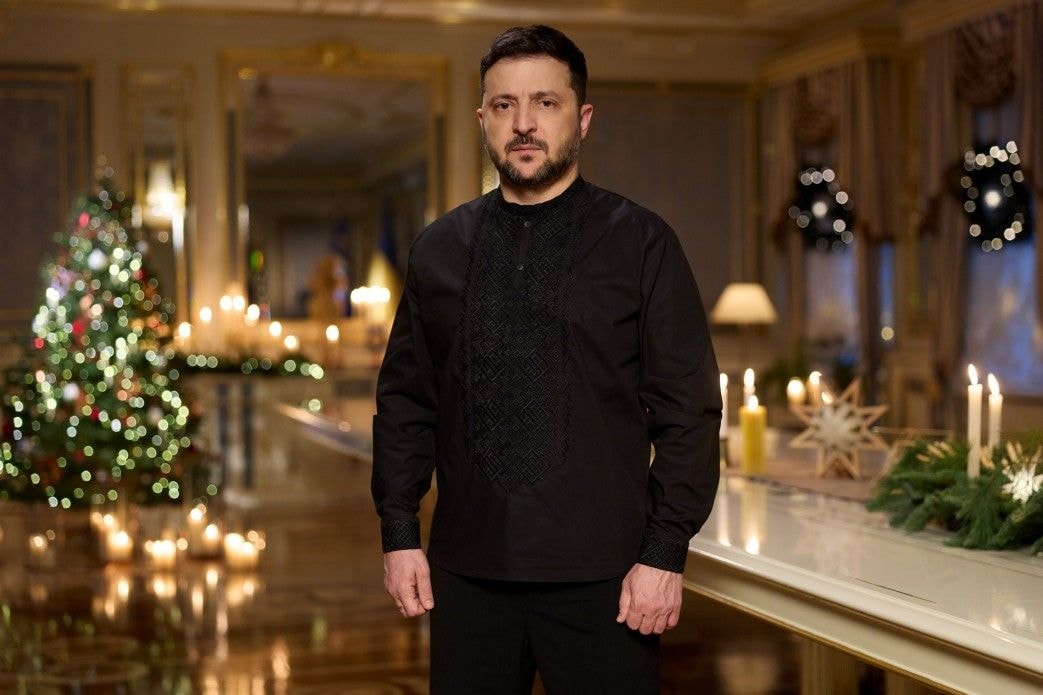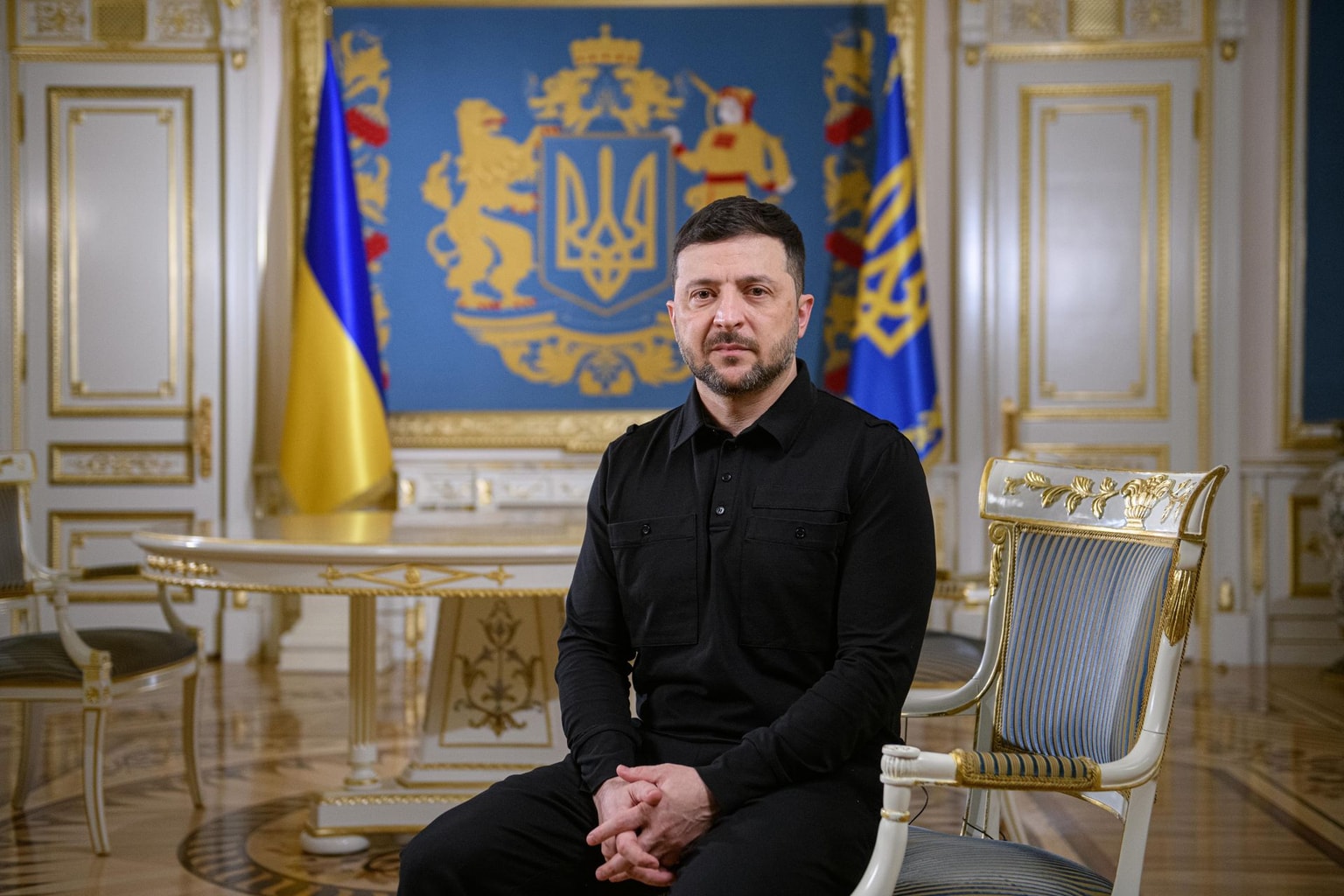Zaluzhnyi proposed Kursk-style incursion into Russia's Belgorod Oblast in 2022, Ukrainian general says

Valerii Zaluzhnyi, Ukraine's former commander-in-chief and current ambassador to the U.K., proposed an incursion into Russia's Belgorod Oblast in 2022 to protect Kharkiv Oblast, General Viktor Nazarov told the BBC on Feb. 2.
The plan was similar to Ukraine's cross-border incursion into Russia’s Kursk region, in August 2024, launched in part in a bid to prevent Russian forces from staging an attack on Sumy Oblast, which was carried out under the command of his successor, Oleksandr Syrskyi.
Ukrainian troops seized around 1,300 square kilometers (500 square miles) of Russian territory, though Kyiv has reportedly since lost roughly half of those gains. Clashes continue in the area with Russian forces bolstered by North Korean troops.
"The idea was to conduct an offensive on Russian territory, in the general direction somewhere at the junction of Kursk and Belgorod oblasts, toward Belgorod. A political decision was all that was needed," Nazarov told the BBC.
Zaluzhnyi reportedly advocated for a strategy of encirclement or blockade aimed at cutting off the Russian military’s ability to carry out fire and missile strikes on Kharkiv.
The goal was to "create a threat to the northeastern flank of the supply of material resources for the grouping operating in Donbas," Nazarov added.
When asked why the incursion wasn't carried out in 2022, Nazarov replied that it was a "political question."
Prior to his dismissal in early February 2024, media reports circulated that the President's Office and Zaluzhnyi had conflicting ideas about how the war should be carried out.
In Kursk Oblast, North Korea's troops fighting alongside Russian forces have been taking heavy losses and have reportedly been withdrawn from some parts of the front line.
They have not been seen for roughly three weeks in the areas of Kursk Oblast where Ukraine's Special Operations Forces (SOF) are fighting, the unit's spokesperson, Colonel Oleksandr Kindratenko, told the Kyiv Independent on Jan. 31.
Syrskyi said on Jan. 19 that roughly half of the 11-12,000-strong North Korean contingent deployed to the embattled Russian region have been killed or wounded.
Experts interviewed by the Kyiv Independent connected North Korea’s high casualty rates to a lack of experience with modern warfare, the "human wave" tactics employed against entrenched Ukrainian positions, and the resolve of North Korean troops to avoid capture, even at the cost of their own lives.
North Korean troops were deployed to Kursk Oblast last fall to support Russian forces in countering a Ukrainian incursion launched in early August 2024. Ukrainian forces have continued fighting in the region, hoping to leverage their positions for potential negotiations.
On Jan. 22, Soldiers of the 8th Regiment of Ukraine's Special Operations Forces released footage of them resisting a North Korean assault in Russia’s Kursk Oblast for eight hours before retreating, killing 21 and wounding 40 soldiers.
In a video, a large assault group of purportedly North Korean soldiers is seen crossing an open field and forest, followed by close combat footage with only dozens of meters between the two sides. In the end, graphic footage shows killed soldiers claimed to be North Koreans.
"At the ninth hour of the battle, the Special Operations Forces had only a third of their ammunition left. They spent the rest on destroying (North Korean forces)," the Telegram post read.
The Ukrainian fighters held off the assault with small arms, grenade launchers, and snipers. Eventually, the Ukrainian troops retreated in two Humvees, the post read.













